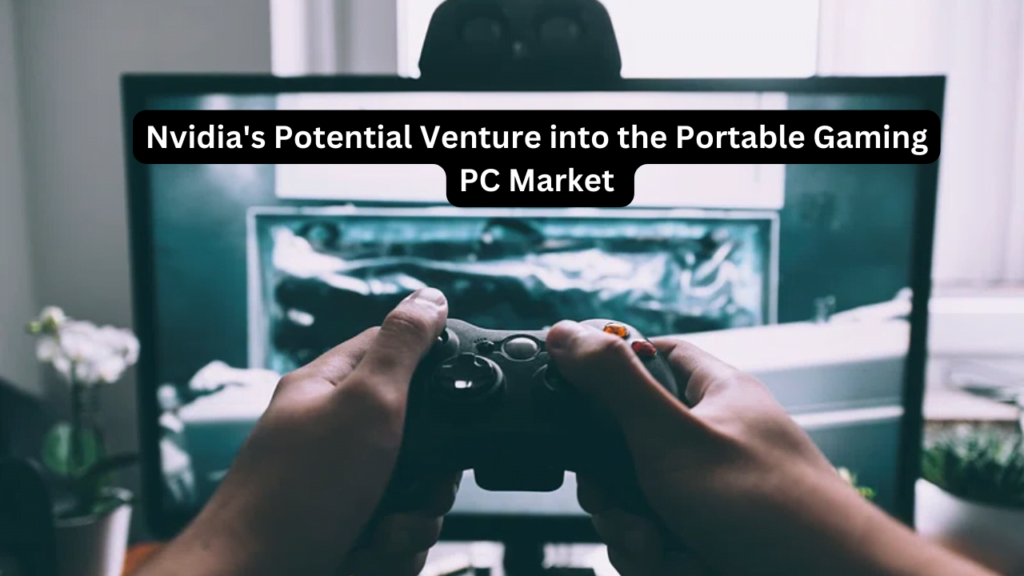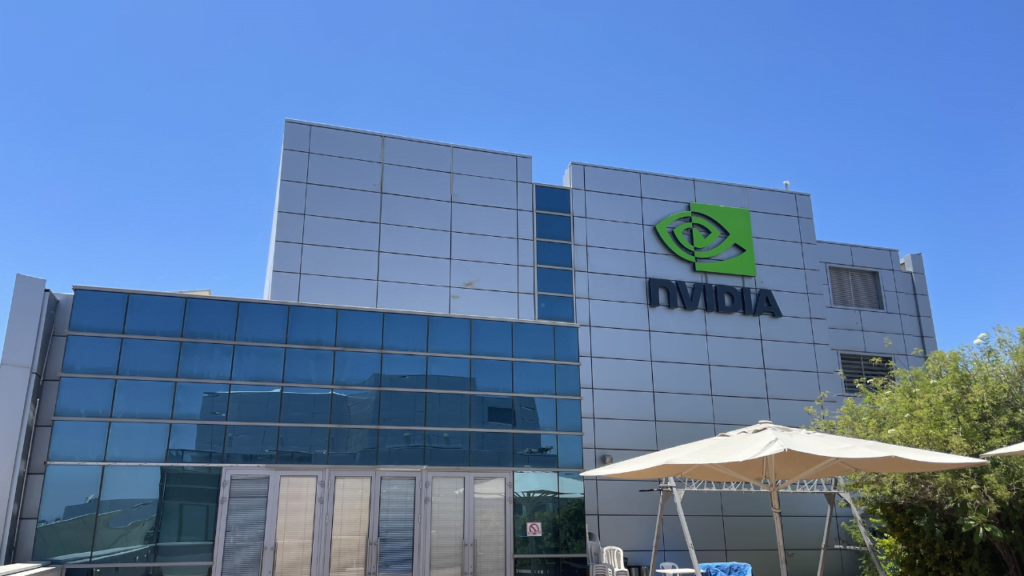
Nvidia doesn’t actually have a large stake in the gaming industry. Many of the most well-known companies use AMD CPUs so, being a leading chip manufacturer in the world, entering the portable gaming PC market is a logical move for Nvidia.
They also have experience developing the Nvidia Shield, a gadget that allows GeForce Now gaming without the need for a full-fledged PC.
Why Nvidia sets its sights on the portable gaming PC market?
Gaming has seen a major movement in favor of portable gaming in recent years. Portable gaming has become a profitable market opportunity for businesses and customers alike because to the rapid improvement of technology and the rising desire for gaming on-the-go. Some of the top manufacturers of hardware, like Asus with the ROG Ally, have made some excellent entries.
Here are major areas for Nvidia to penetrate the portable gaming PC market.
Portable Gaming Laptops: The company could partner with laptop makers to develop gaming laptops that are very efficient and run on its GPUs. Gamers that desire mobility without compromising gaming performance may find these laptops to deliver desktop-class gaming performance. There is an opportunity for them to dominate the market for portable gaming PCs by partnering with well-known laptop manufacturers,
Custom GPU Solution: They could provide unique GPU solutions designed especially for gaming PCs that are portable. These GPUs may provide a mobile gaming experience by balancing performance and battery efficiency. They may establish new benchmarks for portable gaming PC performance by utilizing its experience in GPU design and semiconductor manufacturing to provide industry-leading performance in a small, energy-efficient package.
Gaming Accessories and Peripherals: The chip giant may create a variety of gaming peripherals and accessories for portable gaming PCs in addition to GPUs. These might include external graphics enclosures, docking stations, and gaming accessories made especially for use with portable gaming laptops. They could set itself apart from rivals and improve the gaming experience for consumers of portable gaming PCs by providing a whole ecosystem of gaming devices.
Cloud Gaming Integration: They may incorporate its cloud gaming technology into gaming PCs that are portable, allowing players to stream top-notch games to their gadgets via the internet. Through the use of its data center infrastructure and GeForce Now platform, they can provide players access to a large game catalog without requiring costly hardware upgrades. Those who prefer ease and flexibility in their gaming experience might find this appealing.
Developer Support and Tools: They could offer tools and development assistance specifically designed for game developers aiming for the portable PC market. This might include libraries, APIs, and software development kits (SDKs) designed specifically for Nvidia gaming laptops and GPUs. They could encourage expansion of the portable gaming PC industry and draw more consumers to its platform by enabling developers to produce top-notch games tailored for these devices.

Nvidia’s could make a big name in the portable gaming PC industry through its proficiency in graphics technology, artificial intelligence, and semiconductor manufacturing. They have an ability to grow in this market through collaborations with laptop manufacturers, internal GPU development, gaming peripherals and accessories, cloud gaming integration, developer support, and tools.
It’s main business, which generates more than 80% of its income, is GPU development. They are usually offered as cards that slot into the motherboard of a PC, enhancing the processing capability of central processing units (CPUs) made by AMD and Intel.
Today, Nvidia has a market cap of over $2 trillion which places it among the top five most valuable tech companies in the world. Its headquarters is designed around polygons, and it employs 26,000 employees. It is also among one of the few Silicon Valley titans still led by its 30-year-old founders.
In the 1990s, they were one of tens of GPU manufacturers and it’s claimed that the reason the industry titans like AMD and others survived is that Nvidia had excellent relationships with the software community.







Pingback: PlayStation CEO Jim Ryan Steps Down on March 29, Sony Hunts for Successor
Pingback: Nvidia Hits $3 Trillion Market Cap, Surpassing Microsoft and Apple in 2024